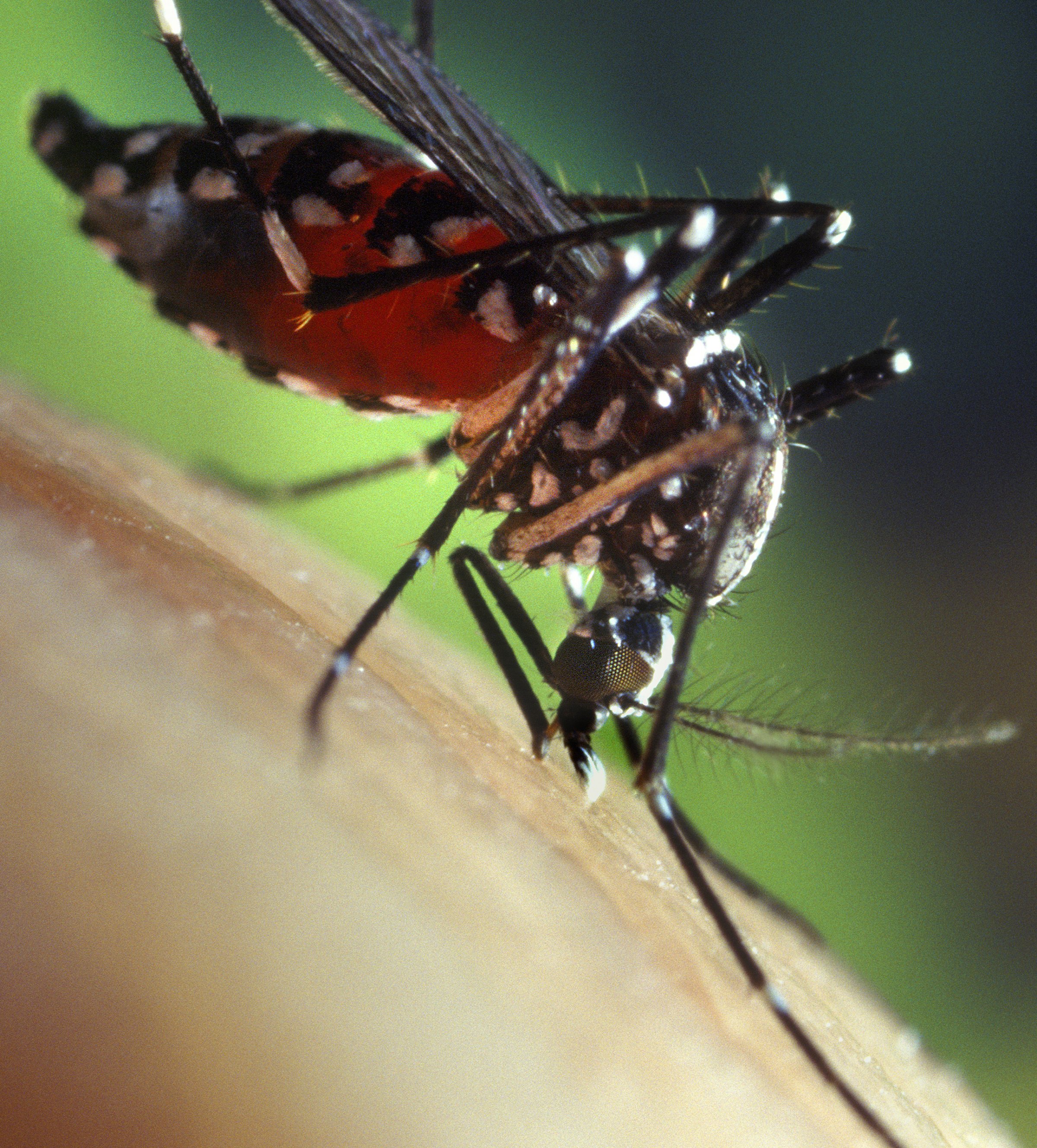
An outbreak of yellow fever in Africa has global health experts worried.
On Thursday the World Health Organization (WHO) convened an emergency meeting over a yellow fever outbreak that started in Angola and has now infected well over 2,000 people, including imported cases to other countries like the Democratic Republic of Congo (DRC), Kenya and China. The group concluded that while the yellow fever outbreak is “a serious public health event which warrants intensified national action and enhanced international support,” it will not be declared a public health emergency of international concern at this time.
According to the WHO, an outbreak of yellow fever was detected in Angola in late Dec. 2015 and cases rapidly accumulated. As of May 11, 2016 Angola has reported 2,267 suspected cases of yellow fever and 293 deaths. The virus has spread to other countries via travelers, which the WHO says raises concerns that people who are not vaccinated against yellow fever could become infected and spread it.
Here’s what you should know about the outbreak.
How can I protect myself?
There is a vaccine for yellow fever that is currently recommended for people traveling to areas at risk for the disease in South America and Africa. Amid the current outbreak, the WHO is recommending mass vaccination, community mobilization and vector control in Angola and the DRC.
Why is the current outbreak worrisome?
The WHO says the yellow fever outbreaks in Africa are largely located in prominent cities, and that spread to other parts of the countries or bordering countries “remains a serious concern.” There’s also worry that the virus could spread to countries that historically have been at a low risk for the virus, which means many residents may not be vaccinated. There is also concern that amid a major outbreak, the global supply of yellow fever vaccines could experience shortages.
What are the symptoms of yellow fever?
Most people infected with yellow fever will have very mild sickness or no symptoms at all. If a person does experience symptoms they are often characterized by fever, chills, aching, nausea, and fatigue. Some cases will escalate to more severe disease including high fever, bleeding, jaundice (which gives the disease its “yellow” name), and possibly even shock and organ failure.
Is there treatment?
There’s no specific treatment for yellow fever. Currently people who are infected will be given supportive care for their symptoms, like rest and fluids. People with the disease should avoid medications like aspirin which can increase the risk of bleeding, according to the U.S. Centers for Disease Control and Prevention (CDC).
How does a person get yellow fever?
Both Aedes and Haemogogus mosquitoes can spread yellow fever (yes, this includes the same aedes aegypti that spreads Zika), which is why it’s important for travelers to maintain good mosquito control, like keeping covered and using insect repellant.
More Must-Reads from TIME
- How Donald Trump Won
- The Best Inventions of 2024
- Why Sleep Is the Key to Living Longer
- Robert Zemeckis Just Wants to Move You
- How to Break 8 Toxic Communication Habits
- Nicola Coughlan Bet on Herself—And Won
- Why Vinegar Is So Good for You
- Meet TIME's Newest Class of Next Generation Leaders
Contact us at letters@time.com